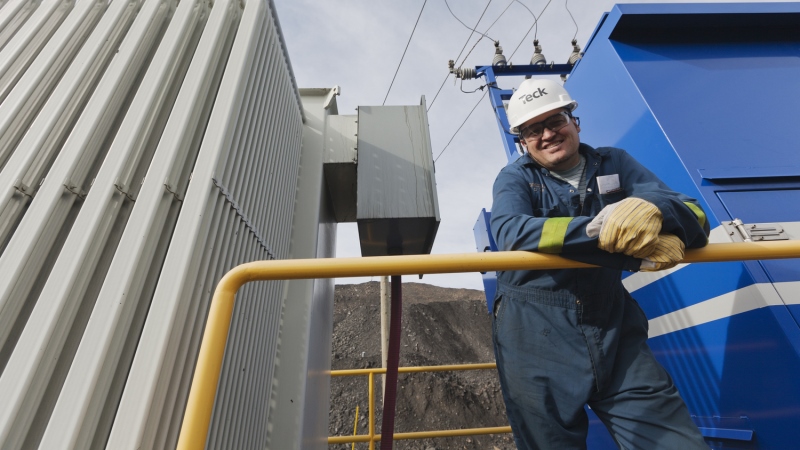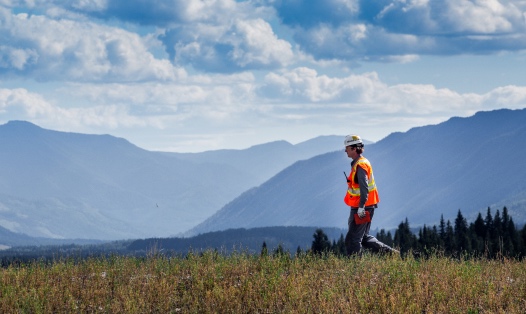A modification to the fuels used in the drying process at four of our B.C. steelmaking coal operations has dramatically reduced greenhouse gas intensity.
As part of the processing of steelmaking coal, moisture must be removed in preparation for shipment. This is achieved by using dryers that require large amounts of energy to produce heat. The dryers at four of our coal operations are designed to use both coal and natural gas in their product drying process. Since natural gas is a cleaner fossil fuel, the more our operations use natural gas, the lower the emissions associated with the drying process will be.
Following the impressive results achieved by our Elkview Operations, which made the shift to using a greater proportion of natural gas in 2010, four of our steelmaking coal operations are now using more natural gas in their product dryers.
Compared to 2006, the emissions associated with our drying process have been reduced by 256 kilotonnes (kt) of carbon dioxide-equivalent (CO2e) per year. This equates to a 50% improvement in the emissions intensity associated with the steelmaking coal drying process. Compared to 2010, this resulted in an absolute reduction of 90 kilotonnes of CO2e per year (Scope 1 Emissions), and an intensity reduction of 4.4 tonnes of CO2e per kilotonne of product per year; these results show an approximate 23% reduction in emissions associated with the drying process.
As we continue to look for ways to reduce our emissions, we are exploring opportunities to eliminate fossil fuel consumption in our drying process altogether through the use of mechanical drying, thereby taking advantage of the low carbon electricity available to our operations in B.C.
This case study first appeared in our 2011 Sustainability Report.
Suite 3300, Bentall 5
550 Burrard Street
Vancouver, B.C.

